Disclosure: This article contains affiliate links. We may earn a commission from purchases at no extra cost to you, which helps our travel content.
When I first landed in San Lorenzo, Paraguay, I was armed with nothing but a battered Osprey Farpoint 40 and the phone number of a former hockey teammate's cousin. Two weeks later, I'd discovered a Paraguay that exists light-years away from the South American circuit most travelers stick to. San Lorenzo—just 10km from the capital Asunción—isn't exactly a tourist hotspot. And that's precisely its magic. This university city of 300,000 people offers an unfiltered window into Paraguayan life that feels almost untouched by international tourism. After years exploring caves across Southeast Asia and adventure trails throughout New Zealand's backcountry, I've developed a sixth sense for places that still maintain their authentic rhythm. San Lorenzo pulses with genuine Paraguayan life—where Spanish mixes with indigenous Guaraní, where tradition and modernity collide in fascinating ways, and where you'll likely be the only foreigner in sight. This isn't a guide to Instagram hotspots; it's your blueprint for disappearing into the fabric of a place most travelers never see.
Navigating the Linguistic Labyrinth
Paraguay exists in a fascinating linguistic twilight zone that will challenge even seasoned travelers. While Spanish is the official language, the indigenous Guaraní is equally prevalent—especially once you venture beyond tourist zones. San Lorenzo represents this duality perfectly.
My first morning, I stumbled through ordering breakfast at a corner copetín (small restaurant), pointing awkwardly at menu items. By day three, my host Rodrigo was teaching me essential Guaraní phrases that immediately transformed how locals received me. The simple greeting 'Mba'éichapa' (How are you?) followed by 'Iporã' (I'm good) works magic here.
What fascinates me most is how the languages intertwine. Locals frequently code-switch mid-sentence, creating what linguists call 'Jopará'—a hybrid language unique to Paraguay. Even with decent Spanish skills, you'll find yourself lost in conversations that bounce between languages like a hockey puck.
For serious preparation, I downloaded the Guaraní Phrasebook to my phone before arriving. While not comprehensive, it saved me countless times when trying to decipher bus routes or market prices. Unlike my adventures in Nordic countries where English serves as a reliable backup, here in Paraguay, your linguistic flexibility becomes your most valuable travel skill.
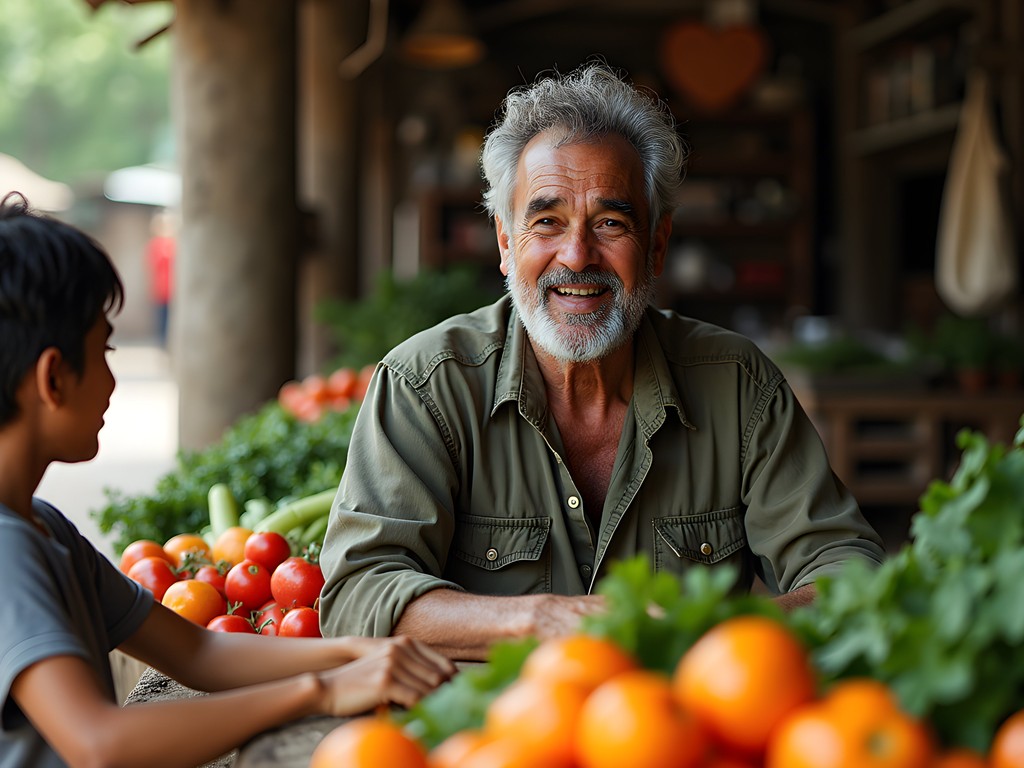
💡 Pro Tips
- Learn basic Guaraní greetings like 'Mba'éichapa' (How are you?) and 'Iporã' (I'm good)
- Download a Guaraní-Spanish dictionary app before arriving
- Practice numbers in Guaraní for shopping at local markets
The Sacred Ritual of Tereré
If there's one cultural practice that defines daily life in San Lorenzo, it's tereré—Paraguay's national drink and social institution. Unlike its hot cousin yerba mate (popular in Argentina and Uruguay), tereré is served ice-cold and becomes particularly essential during Paraguay's sweltering afternoons when temperatures regularly exceed 35°C (95°F).
On my third day, my host Rodrigo invited me to join his roda de tereré (tereré circle) at Universidad Nacional. What I thought would be a quick drink turned into a three-hour philosophical discussion about everything from Paraguayan politics to the country's complicated relationship with neighboring Brazil.
The ritual itself follows strict protocols: a metal straw (bombilla) is placed in a hollowed gourd (guampa) filled with yerba mate leaves. The designated server (cebador) pours ice water from a thermos, and the guampa is passed clockwise after each person drinks it completely. Refusing a round is considered mildly offensive—something I learned after attempting to politely decline my seventh refill.
For travelers wanting to participate authentically, I recommend picking up your own tereré kit early in your stay. Mine became not just a souvenir but a social passport that led to countless invitations and conversations impossible to access otherwise.
What surprised me most was how tereré transcends social boundaries. Whether in university courtyards, office break rooms, or mechanics' workshops, these circles form spontaneously throughout the day, creating momentary communities where hierarchy dissolves and conversation flows as freely as the ice water.
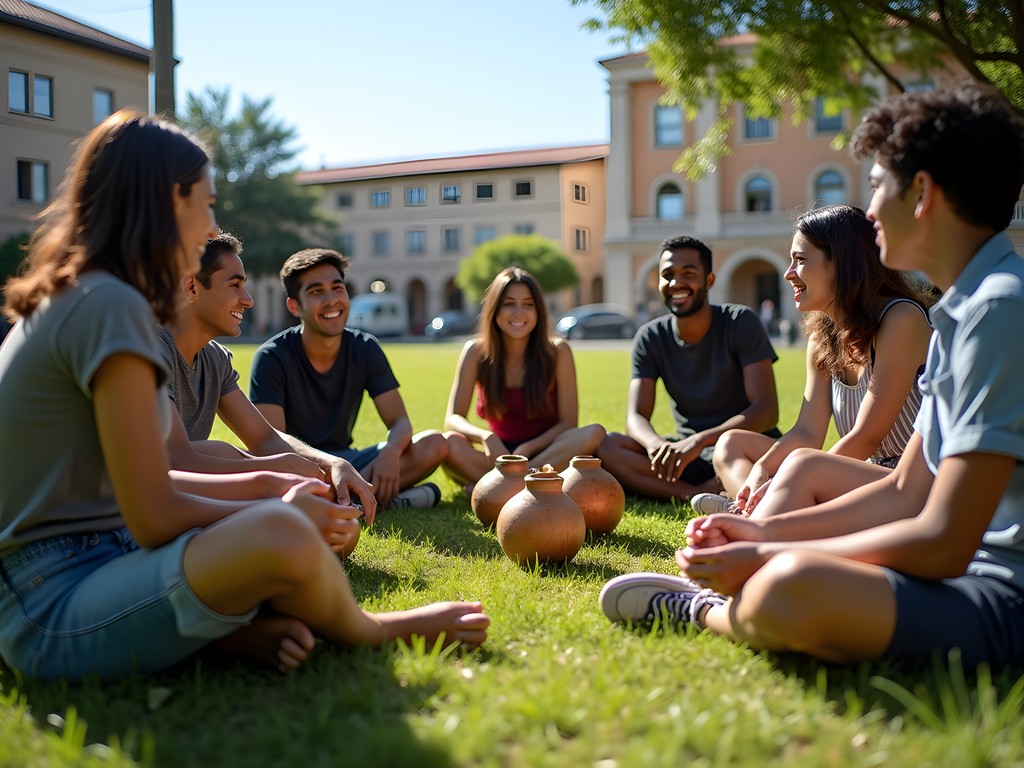
💡 Pro Tips
- Always pass the guampa (gourd) with your right hand
- Don't move the bombilla (metal straw) once it's placed
- Bring your own tereré kit if staying longer than a week - it's a great conversation starter
San Lorenzo's Underground Markets
Forget the sanitized tourist markets of Asunción—San Lorenzo's commercial ecosystem operates on an entirely different frequency. The massive Mercado Municipal de San Lorenzo isn't just a place to shop; it's the beating heart of the local economy and a masterclass in organized chaos.
My background exploring cave systems actually prepared me well for navigating the market's labyrinthine structure. The main building houses everything from fresh produce to household goods, but the real adventures happen in the sprawling informal sections that radiate outward for several blocks. Here, the boundaries between legitimate retail, gray market goods, and ingenious entrepreneurship blur completely.
During my second week, a local friend tipped me off about the Sunday dawn market (mercado de madrugada) that begins at 4:00 AM. Arriving bleary-eyed with my headlamp (a spelunking habit that proved unexpectedly useful), I discovered an entirely different commercial universe. Farmers arrived directly from the countryside with produce so fresh it was still warm from the fields. The prices here were about 40% lower than the regular market, but you have to finish shopping by 7:00 AM when most vendors pack up.
What fascinated me most was the repair economy thriving in San Lorenzo. In one corner of the market, I found Don Esteban, whose tiny stall contained thousands of watch parts. He fixed my supposedly 'irreparable' adventure watch in 20 minutes for less than $5. Next door, a woman named Claudia could repair any fabric item with surgical precision. This culture of repair rather than replace connects directly to Paraguay's economic reality but also represents a sustainability model the rest of us could learn from.
For food adventurers, the market's eastern section houses dozens of comedores (small eateries) serving Paraguayan classics. Skip the tourist-friendly versions in Asunción and try the authentic vori vori (corn and cheese soup) or mbeju (starchy cassava cake) here instead.
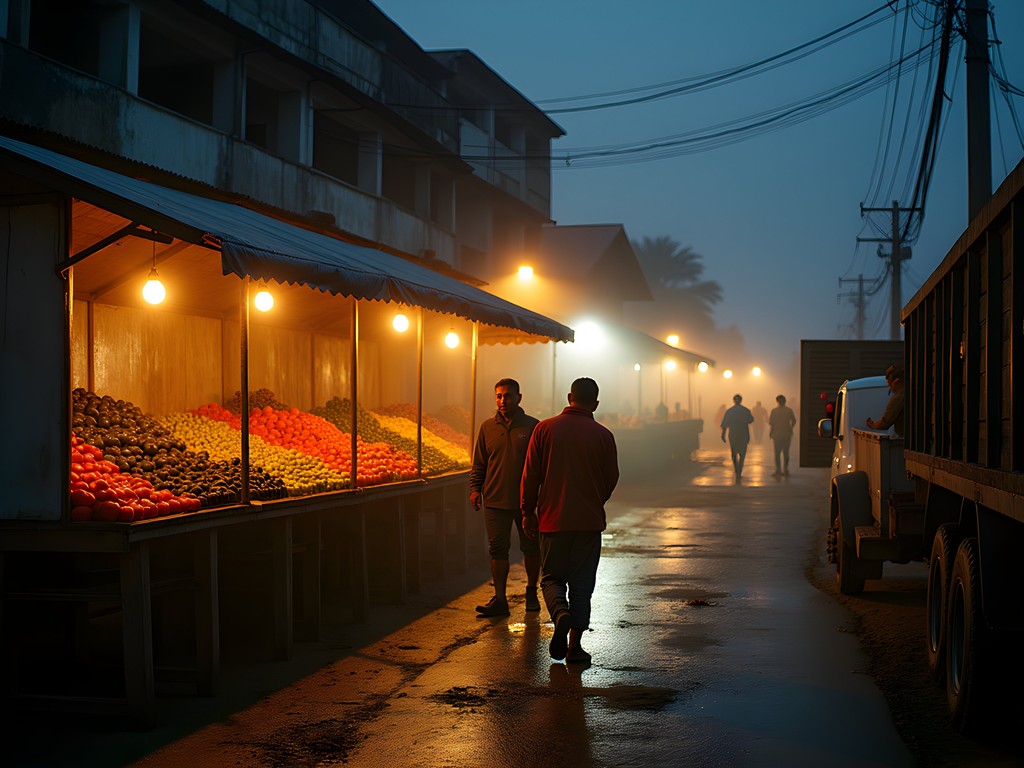
💡 Pro Tips
- Visit the dawn market (4-7 AM on Sundays) for the freshest produce at lowest prices
- Bring small bills and coins as vendors rarely have change
- Learn the phrase 'Último precio?' (final price?) to initiate bargaining respectfully
Finding Athletic Camaraderie in Unexpected Places
As a former hockey player who's lived in both Canada and New Zealand, finding ways to stay active and connect through sports has always been central to my travel philosophy. Paraguay presented an interesting challenge—ice hockey is virtually non-existent, but the country's sporting culture runs deep in unexpected ways.
My breakthrough came when I spotted a group playing piki volley in a neighborhood park. This Paraguayan variation of volleyball uses a smaller court and modified rules that make it intensely fast-paced. Despite my height advantage, I was thoroughly schooled by players half my size who moved with lightning reflexes.
The real revelation, though, was discovering San Lorenzo's vibrant futsal scene (indoor soccer). After awkwardly watching a game at Club Atlético, I was suddenly invited to join when a team found themselves short a player. My hockey footwork translated surprisingly well, and though my Spanish failed me, the universal language of sport created instant connections. These pickup games happen almost nightly across San Lorenzo, and joining requires nothing more than showing up with proper shoes and a willingness to be humbled.
For outdoor enthusiasts, the Cerro Kõi hills just outside San Lorenzo offer excellent trail running and rock scrambling opportunities. The unusual sandstone formations create natural labyrinths that reminded me of scaled-down versions of New Zealand's karst landscapes. I'd recommend bringing a hydration pack as the heat can be brutal, even during fall months.
What struck me most was how these athletic spaces served as authentic entry points into local life. Unlike tourist activities designed for foreigners, these daily sporting rituals offered unfiltered cultural immersion. After a particularly intense futsal match, I found myself invited to an asado (barbecue) where, sweaty and exhausted, I was treated like a longtime friend rather than a curious outsider.
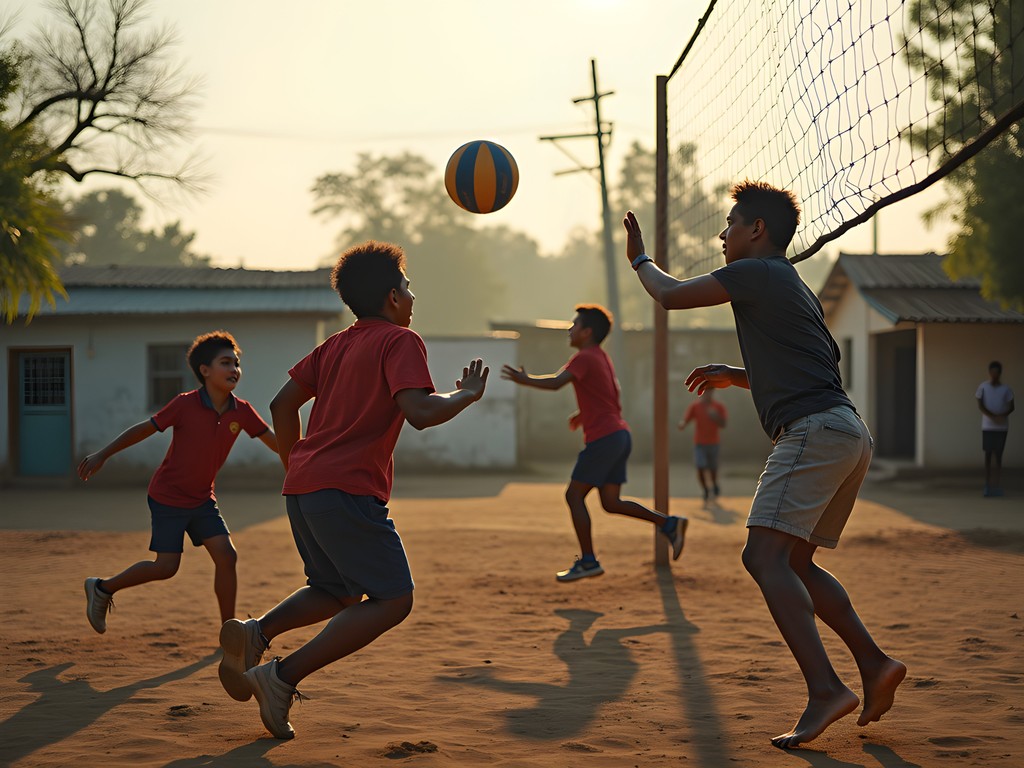
💡 Pro Tips
- Look for 'piki volley' games in neighborhood parks around 5-7 PM
- For futsal, visit Club Atlético on weeknights around 8 PM and respectfully ask to join
- Trail running at Cerro Kõi is best before 9 AM to avoid midday heat
The Parallel Economy of Entrepreneurial Innovation
Having explored innovation ecosystems across Nordic countries and New Zealand, I was fascinated to discover San Lorenzo's entirely different approach to entrepreneurship. What initially appears as informal or even chaotic commerce actually reveals itself as a highly adaptive parallel economy built on resourcefulness and community networks.
Take the case of Diego, a university student I met who finances his education by operating a mobile phone repair business from a folding table outside the Universidad Nacional. With nothing more than a set of precision tools, a magnifying headset, and encyclopedic knowledge, he repairs devices that would be deemed 'unrepairable' in Western economies. His workspace may lack the polished aesthetic of a Silicon Valley startup, but his technical innovation and problem-solving skills rival anything I've seen in more developed economies.
Throughout San Lorenzo, I discovered dozens of these micro-enterprises operating in the spaces between formal businesses. Many leverage digital platforms in creative ways—like the family-run empanada delivery service that takes orders exclusively through WhatsApp and has built a customer base of thousands without any traditional marketing or storefront.
What's particularly striking is how these entrepreneurs utilize technology selectively. While many operate without conventional business infrastructure, they've adopted specific digital tools that solve immediate problems. The local colectivo (bus) system, for instance, has no official schedule or app, but enterprising locals have created informal WhatsApp groups where passengers report real-time bus locations and crowding levels.
For digital nomads or remote workers, San Lorenzo offers surprisingly viable infrastructure. I found consistent internet at Café Literario near the university, where for the price of a few coffees, you can work all day alongside local students and entrepreneurs. My travel router came in handy for creating secure connections in more questionable wifi environments.
The innovation lesson here isn't about cutting-edge technology but about resourcefulness and adaptability—qualities that define Paraguayan entrepreneurship and offer valuable perspective for visitors from more structured economies.
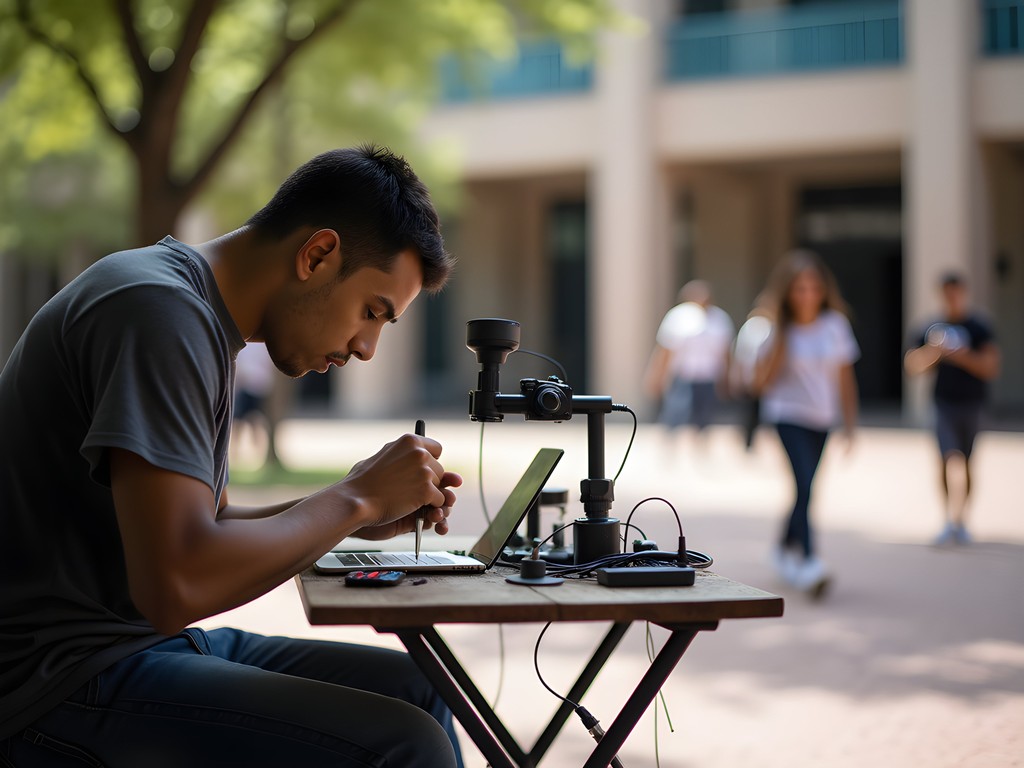
💡 Pro Tips
- Visit Café Literario for reliable internet and a glimpse into student/entrepreneur life
- Use WhatsApp to connect with local services - it's the primary business communication tool
- Support micro-entrepreneurs directly rather than chain stores for more authentic experiences
Daily Rhythms and Temporal Culture Shock
Perhaps the most profound adjustment for travelers to San Lorenzo isn't the language or food—it's the fundamentally different relationship with time. Coming from New Zealand's efficiency-oriented culture, Paraguay's temporal fluidity initially frustrated me before revealing its own internal logic.
The daily rhythm follows a pattern that defies conventional Western schedules. Mornings start early, with markets and businesses humming by 7:00 AM, but everything screeches to a halt around noon. The siesta isn't just a quaint tradition—it's a necessary adaptation to the crushing midday heat. From roughly 12:00-3:00 PM, the city enters a strange suspended animation where only mad dogs and unprepared foreigners brave the scorching streets.
What surprised me was discovering that this isn't lost productivity—it's simply shifted. Business resumes around 3:00 PM and continues well into the evening, with many shops open until 8:00 PM or later. Dinner typically starts around 9:00 PM, and social gatherings might begin at midnight.
The concept of punctuality also operates on what I came to call 'Paraguay time'—a flexible approach where arriving 30 minutes late to social engagements is perfectly normal, while certain business meetings suddenly demand Swiss precision. Learning to read which cultural context requires which temporal approach is an art form that took me the full two weeks to begin grasping.
This different relationship with time extends to planning as well. When I asked my host about weekend activities on a Wednesday, he laughed and explained that planning more than a day ahead was considered oddly rigid. Social gatherings materialize organically through WhatsApp groups, often just hours before they happen.
For travelers accustomed to structured itineraries, this requires a mental reset. My first week, I fought against this temporal fluidity, growing frustrated when buses arrived on mysterious schedules or when shops closed unexpectedly. By week two, I'd surrendered to the rhythm, keeping my Kindle Paperwhite handy for inevitable waiting periods and embracing the spontaneity that comes with abandoning rigid scheduling.
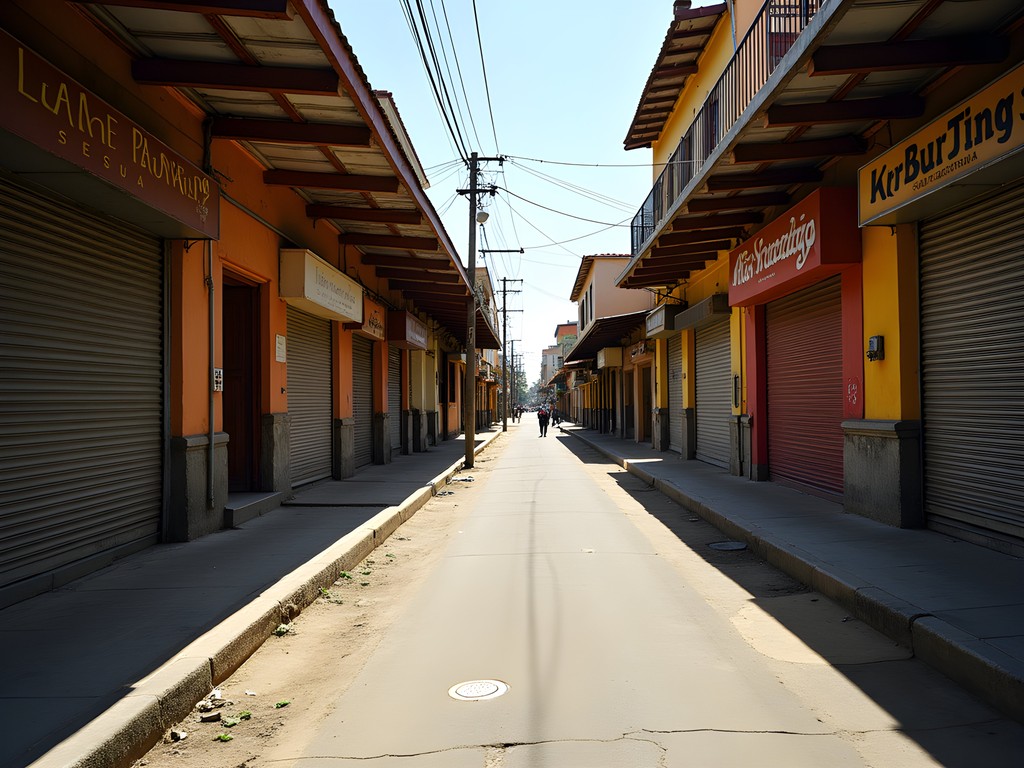
💡 Pro Tips
- Embrace siesta time (12-3 PM) for resting or planning rather than fighting it
- Always carry reading material or entertainment for unexpected waiting periods
- Use mornings efficiently as businesses open early but close during midday heat
Final Thoughts
As my two weeks in San Lorenzo came to a close, I found myself experiencing that peculiar traveler's paradox—simultaneously feeling like I'd barely scratched the surface yet somehow glimpsed something authentic that most visitors to Paraguay never see. This university city, just a short distance from the capital but worlds away from the tourist trail, offers something increasingly rare in our hyperconnected world: a chance to disappear into a place that hasn't been curated for outside consumption.
What makes San Lorenzo special isn't landmark attractions or bucket-list experiences—it's the unfiltered immersion into Paraguayan life with all its contradictions, innovations, and rhythms. For travelers willing to abandon itineraries, embrace linguistic challenges, and adjust to different temporal expectations, the reward is a form of cultural understanding impossible to achieve on more established tourist routes.
As I packed my now-dusty backpack and tucked my well-worn tereré kit inside, I realized San Lorenzo had offered me exactly what I seek in travel: not just new experiences, but new perspectives. If you're ready to trade comfort for authenticity and predictability for genuine connection, Paraguay's hidden heart awaits.
✨ Key Takeaways
- San Lorenzo offers authentic cultural immersion impossible to find on Paraguay's limited tourist trail
- Learning basic Guaraní phrases opens doors to connections that Spanish alone cannot
- Embracing local rhythms (like siesta and tereré rituals) transforms frustration into deeper cultural understanding
- The informal economy reveals innovation and resilience worth experiencing firsthand
📋 Practical Information
Best Time to Visit
Fall (April-June) or Spring (September-November)
Budget Estimate
$30-50 USD per day including accommodation, food and local transport
Recommended Duration
Minimum 10 days to adjust to local rhythms
Difficulty Level
Challenging

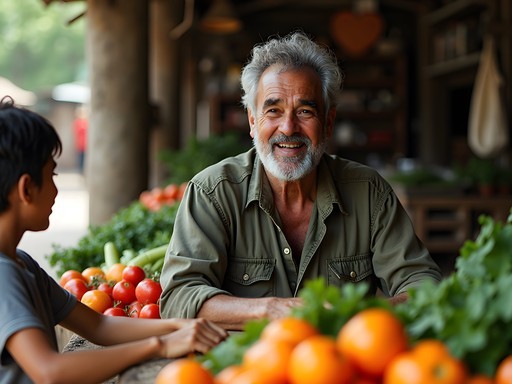
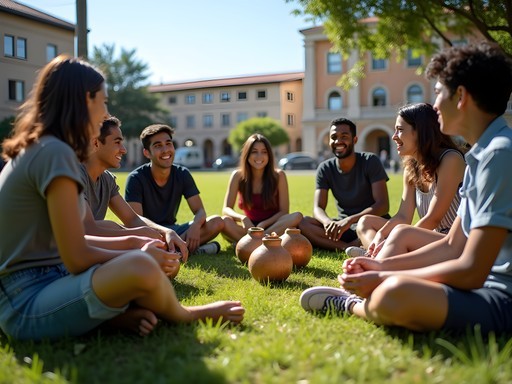
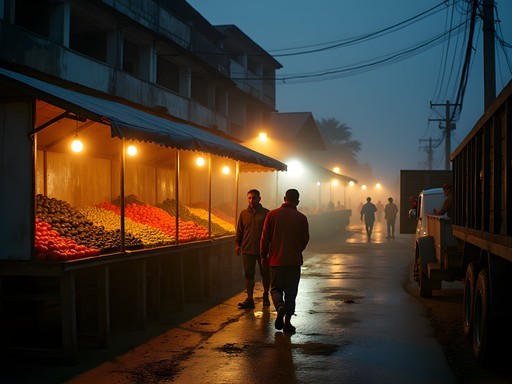
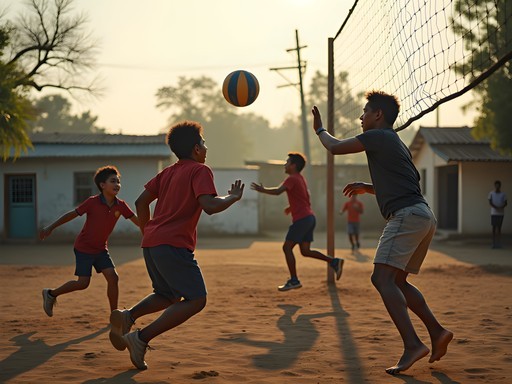

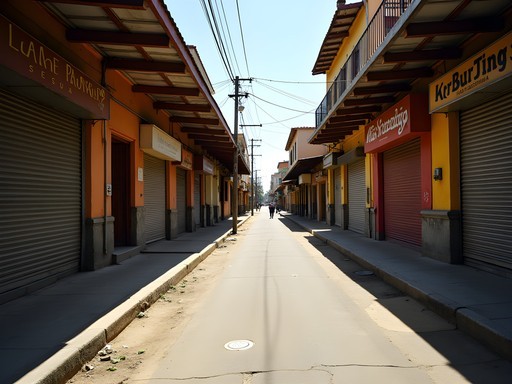







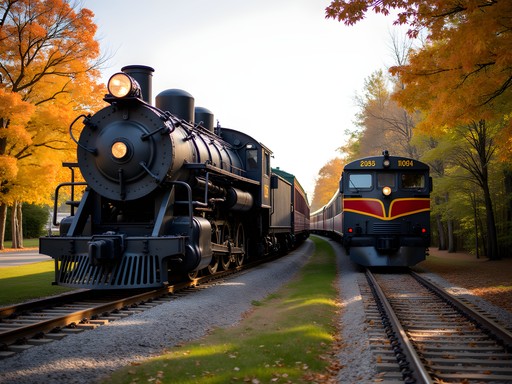
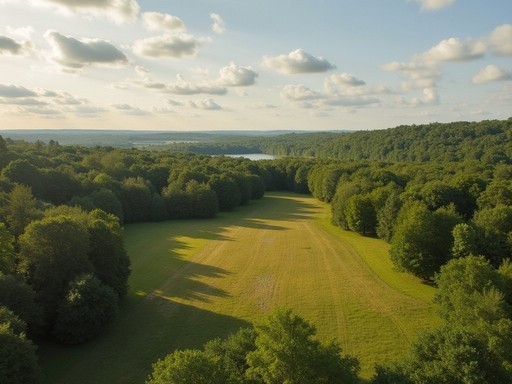
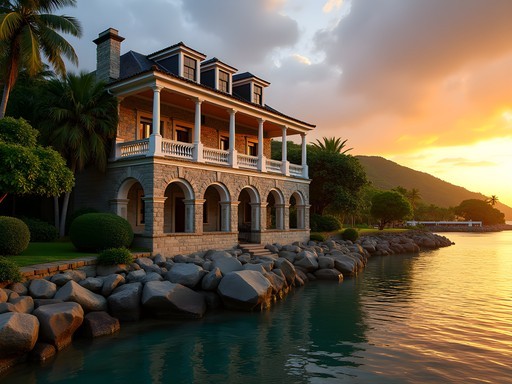
Comments
Fatima Sims
Ethan, your post captures exactly what I love about travel - those unexpected connections that happen when you dive into local routines. I had a similar experience in San Lorenzo three years ago when I joined a morning yoga group in Parque Guasu. What started as me awkwardly following along turned into weekly meetups and friendships that I still maintain today through WhatsApp. The linguistic challenges you mentioned are real! I remember trying to buy bus tickets to Ciudad del Este and somehow ending up discussing someone's grandmother's birthday party for 10 minutes before realizing my mistake. Did you discover any good local restaurants? There was this tiny place near the Universidad Nacional that served the most amazing sopa paraguaya I've ever tasted, but I can never remember the name.
Ethan Cunningham
Fatima - was it Doña Clara's place? Small blue building with plastic chairs outside? That sopa paraguaya was life-changing! And yes, those WhatsApp connections last forever - I'm still getting daily tereré photos from my football buddies there!
Fatima Sims
YES! Doña Clara's! That's exactly it! I'm so happy someone else discovered that gem. Her mbejú was incredible too.
smartnomad
The tereré ritual sounds amazing. Added to my bucket list!
greenbackpacker
OMG this post brought back so many memories!!! I spent a month in Paraguay last year and the tereré culture is EVERYTHING! I became completely addicted and even bought my own thermos and cup set to bring home. The way Paraguayans just casually share their tereré with complete strangers blew my mind - such an amazing way to break down barriers. The underground markets you mentioned were my favorite too - I found this amazing handmade leather bag that everyone asks about now. Your description of the linguistic challenges is spot on! I started carrying my pocket dictionary everywhere after too many embarrassing mix-ups. Did you try the chipa? I'm still dreaming about that cheesy goodness!
starzone
Great post! How did you find the safety situation in San Lorenzo? I'm planning to visit next month and wondering about moving around at night.
Ethan Cunningham
I felt pretty safe overall, but used common sense precautions. The central areas around the markets and plazas are well-lit and busy until about 10pm. I wouldn't flash expensive items around, but that's true anywhere. Local friends were key - they knew which areas to avoid.
starzone
Thanks, that's really helpful! Did you use public transport or taxis mostly?
Ethan Cunningham
Mostly colectivos (local buses) during the day - super cheap but crowded! For evenings, I used Uber or had friends drive me. The bus system is extensive but takes some figuring out.
Hunter Thompson
Mate, your experience with the linguistic mix of Spanish and Guaraní took me right back to my own confusion in Paraguay last year! I remember ordering what I thought was a chicken dish and ended up with some kind of fish stew 😂 The tereré ritual is something special though - ended up bringing one of those metal straws home as my favorite souvenir. Did you make it to any of the weekend football matches? The local passion for the sport is absolutely mental!
smartnomad
Those metal straws (bombillas) are the best souvenirs! I still use mine for mate at home.
Ethan Cunningham
Hunter - I did catch a match between Cerro Porteño and Olimpia! The atmosphere was electric. And yes, my language mishaps could fill another blog post entirely!
skylegend
Finally a post about Paraguay! Such an underrated country.
waverider
Heading to Paraguay next month and San Lorenzo is on my list! How did you handle the heat? I'm worried about lugging my backpack around in that humidity. Also, any safety concerns for solo travelers?
Ethan Cunningham
The heat can be brutal! My Osprey Farpoint 40 was perfect because it's compact but holds enough. For safety, San Lorenzo is relatively secure - just use normal precautions. The local buses are safe but crowded. Try to find accommodation with AC or at least good fans!
waverider
Thanks for the tips! Will definitely look into that backpack. Did you find many English speakers there or should I brush up on my basic Spanish?
Ethan Cunningham
Definitely brush up on Spanish! English isn't widely spoken outside tourist areas, and even some basic Guaraní phrases will earn you massive respect from locals.
Douglas Bradley
Ethan, this is precisely the kind of cultural immersion piece that's missing from mainstream travel media. Your linguistic observations particularly resonated with me - I spent three months in Paraguay researching traditional agricultural practices and found the Guaraní/Spanish hybrid to be both fascinating and challenging. I'd add that carrying a small notebook to jot down phrases was invaluable. Also, for anyone planning to visit, I'd recommend learning the basics of tereré etiquette before arriving - it's a social faux pas to change the order of drinking or to wipe the bombilla. Did you notice how the ritual changes slightly between urban and rural communities?
Ethan Cunningham
Thanks Douglas! Great point about the notebook - wish I'd thought of that. And yes, I noticed the tereré customs were more formal in rural areas, while city folks were a bit more relaxed about the rules. Did you make it to any of the weekend football matches? That was another cultural education entirely!
Douglas Bradley
I caught a few matches at the local stadium! The passion rivals anything I've seen in Europe, just on a different scale. The community aspect was what struck me most - entire families attending together, sharing food and, of course, tereré throughout.
globephotographer
This post brought back so many memories! I visited San Lorenzo last year and also struggled with the Guaraní/Spanish mix. The tereré ritual is something I miss daily - nothing beats sitting in a circle passing that drink around on a hot afternoon. Did you get a chance to visit the weekend market near the university? The handcrafted leather goods there were incredible value compared to what we pay back home.
Ethan Cunningham
Thanks for reading! Yes, that market was amazing - I actually picked up a leather mate cup there that I still use. The craftsmanship was incredible.
globephotographer
No way! I got one too! Still using mine for yerba mate, though I can't seem to make it taste as good as it did in Paraguay.
Bryce Diaz
Ethan, you nailed the San Lorenzo experience! I've been to Paraguay three times and your description of the tereré culture is spot on. It's not just a drink, it's a social institution. One thing visitors should know is that refusing tereré can be seen as refusing friendship, so always accept even if you're not thirsty! For anyone heading there, I'd add that the Mercado Guasu on Sundays is worth the early wake-up - the produce is incredible and the breakfast vendors make the best chipa guasu (corn bread) in town. Also, if you can time your visit with a Club Libertad home game, DO IT. The atmosphere is electric and tickets are super affordable. Ethan - did you ever make it to the Botanical Gardens? It's a bit of a hidden gem that most tourists miss.
Venture X
Premium card with 2X miles, $300 travel credit, Priority Pass